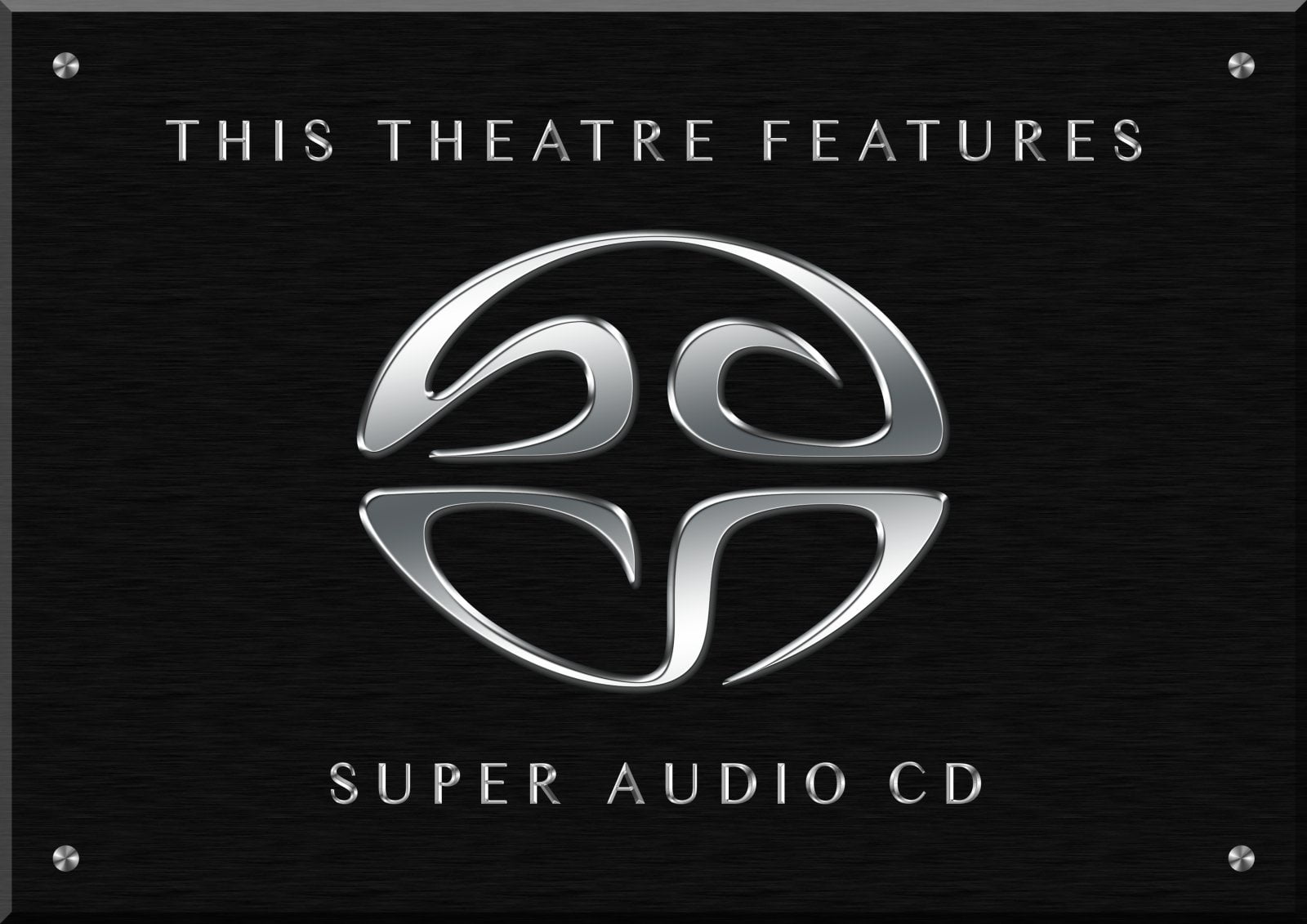It’s the time of year for saving money!
 Last week we started exploring the new four CD boxed set celebrating the short-lived incarnation of Frank Zappa’s Mothers of Invention called simply The Mothers 1970. If you missed part one, please click here to catch up on that important introduction to this review.
Last week we started exploring the new four CD boxed set celebrating the short-lived incarnation of Frank Zappa’s Mothers of Invention called simply The Mothers 1970. If you missed part one, please click here to catch up on that important introduction to this review.
Continuing where we left off…
The previously unreleased songs on The Mothers 1970 include pristine studio recordings from Trident Studios made under the watchful-but-still-learning eyes and ears of super-producer-to-be Roy Thomas Baker (Queen, The Cars, Alice Cooper, etc.).
According to the official press materials:
“Of the material recorded during this two-day span, “Sharleena” was the only song ever officially released – so tracks like “Red Tubular Lighter,” “Giraffe” and an unheard version of “Envelopes” are completely brand new to fans half a century later.”

It goes on to explain that:
“Recordings comprising The Mothers 1970 were sourced from their original tapes discovered in The Vault and digitally transferred and compiled by (Zappa Vaultmeister Joe) Travers in 2020. Some tracks were mixed by longtime Zappa Trust associate Craig Parker Adams and the collection was mastered by John Polito at Audio Mechanics.”
So what are my favorite moments on The Mothers 1970, you ask?
Well, of those unreleased studio recordings, I really enjoyed “Red Tubular Lighter” which is an almost funky fun little groove platform for Zappa’s soloing. “Lola Steponsky” is a quirky- wonderful piece with nifty Thelonious Monk-meets-West-Side-Story-flavored twists and turns. You also get to hear its evolution in the form of “Giraffe,” an all instrumental take. I think as a song it works better with the vocals on top, fitting in neatly somewhere between 200 Motels and Chunga’s Revenge. Some elements of that melody ended up repurposed a couple years later on WakaJawaka‘s “Big Swifty” (hat-tip to Zappa Vaultmeister Joe Travers for helping me figure that out!).

The early version of “Envelopes” — which appeared much later in orchestral form on London Symphony Orchestra, Vol. I as well as on 1982’s Ship Arriving Too Late To Save A Drowning Witch — is interesting for its historic presence as one of the earliest known versions. Perhaps it is even “the” earliest version.
On The Mothers 1970 you’ll get the first official release of the often bootlegged radio broadcast from Dutch television called “Piknik,” taken from an archive reel discovered in the Zappa Vault.
I was thrilled to see a recording from a little club in my neck of the woods called Pepperland which was in San Rafael, CA (about 45 minutes north of San Francisco).

This particular audience recording is especially great because not only do you hear early versions of songs that would end up on the June 1971 Fillmore album (yes, there is some of the comedy stuff on this set) but you get to hear the audience kind of come unglued when they fully realize who the singers are on stage with the band as they break into The Turtles’ hit “Happy Together.” It is an almost heart-warming moment…
One of the more stunning early recordings is the first version of “Easy Meat” from Florida that year. This take is very raw and bluesy, more akin to versions Zappa continued to play into the 70s as the song evolved, very much a stark contrast to the synth driven studio version from 1981 on Tinseltown Rebellion. It is a bit more rocking feel-wise and — perhaps — a bit organic to the aesthetic of the song, especially when you considering the proto-metal riff and the blunt nature of the lyrics. Its kind of amazing to hear where the song came from given its eventual form.
 Overall the sound quality for a set like this is remarkably good. The audience recordings are generally well above the crowd so you hear a very natural soundstage for the band (albeit in Mono). The other recordings are of a very high studio and radio broadcast caliber.
Overall the sound quality for a set like this is remarkably good. The audience recordings are generally well above the crowd so you hear a very natural soundstage for the band (albeit in Mono). The other recordings are of a very high studio and radio broadcast caliber.
The thing I’m digging is that there is so much here that I have not ever really heard quite like this before.
I have listened to several of these discs over and over. And I’m still listening…
And that, my friends, is the best possible review I can offer for any new release.









There’s so much here that you’ll have to make this a five part review to cover it all, thanks for the track picks. I agree it sounds remarkably good for the vintage, especially compared to some of the other stuff that’s been dug out in the past two decades. Thanks for your insights